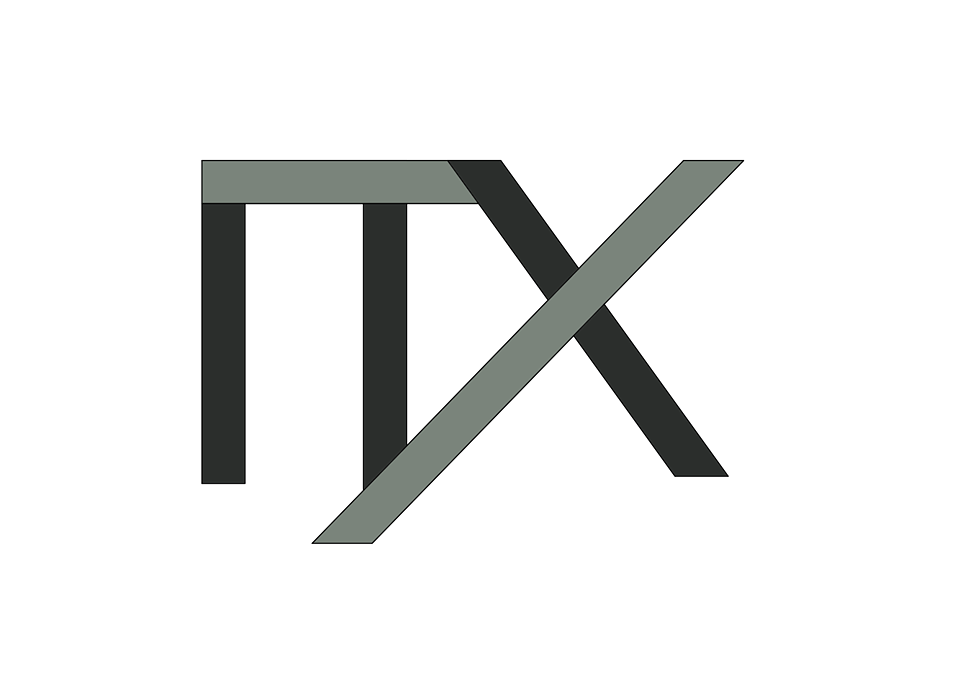Last May I attended the 15th CubeSat Developers Workshop at CalPoly, San Luis Obispo in California. Meeting the CubeSat community was a great experience. The workshop was attended by many engineers from NASA, researchers from Universities engaged in the development of space technologies, as well as administrators of space agencies around the world, with whom I had the opportunity to make some very interesting discussions. My participation in this workshop was part of a wider research project I’ve started about a year ago, of which some preliminary results I’ve already shared with colleagues at Arizona State University and ISC Paris.
At this conference I presented a study on the design of satellites undertaken with Apostolos Masiakos and Nikitas Foteinakis-Chronas. It is about the miniaturization of satellites.
Miniaturization in general is a great challenge nowadays. On the one hand, there’s the possibility of developing a wide range of equipment – excursively produced by the industry, so far – in a DIY mode, just for fun. On the other hand, this possibility implies a huge economic potential, as the industrial domains of machinery and equipment can be disrupted at many levels (what I also call “Foggy Economy”). In the field of CubeSat development in particular, miniaturization is an important part of the design and development process.
In fact, a set of presentations in the Workshop concerned miniaturization as part of either the experience of a project or the planning of a new space mission. For instance, a presentation from MIT and NASA researchers explained mission goal to “Flight test new ultra-compact, low-power radiometer” of the MiRaTA CubeSat. Another one, from Finland, was about “Miniaturized hyperspectral imagers”. However, there was no common language to discuss miniaturization, even though it was clear that this challenge is shared by a great variety of missions. Actually, seizing the miniaturization challenges of each mission also required a profound understanding of the scientific goal and the underpinning technologies already in use.
Our study “Design Miniaturisation : transposing a proposed standard to meet the requirements of a nano-satellite” suggested a new language to address the common challenge.
Drawing upon the experience of the development of the UPSat (by the University of Patras and the Libre Space Foundation), we conceived a vocabulary to express the miniaturization process. Instead of providing a set of analytic instructions to pass from the scale of a normal satellite to the one of a nano-satellite, we rather aimed at the description of the operations to undertake in a generic way. Remaining thus minimalistic, our research is useful for developers of different systems and equipments, even beyond the space industry.
Miniaturization process can thus be reduced to three operators:
– Adhere.
– Ignore.
– Transform.
These operators came from an in-depth examination of the design work already done by the UPSat developers. There, an important part of its design had been inspired by the ECSS-E70-41A protocol set by the European Cooperation for Space Standardization concerning the space industry. In other words, provided the standard definition of what a normal satellite should do, they developed their own system within the limited resources and the specificities of the mission.
Adhering means adopting the characteristics of the larger system. It’s about doing the same thing as in the system of normal dimensions. For instance, UPSat adhered to the “Test Service” of the ECSS standard to operate tests. Ignoring means skipping characteristics, as not everything can be included in a such a small box. Finally, transforming is about introducing new features, altering some characteristics, expanding others or doing less – minimizing.
The entire presentation (where you can also find examples) is available at CalPoly’s site, along with all the presentations of the conference.
